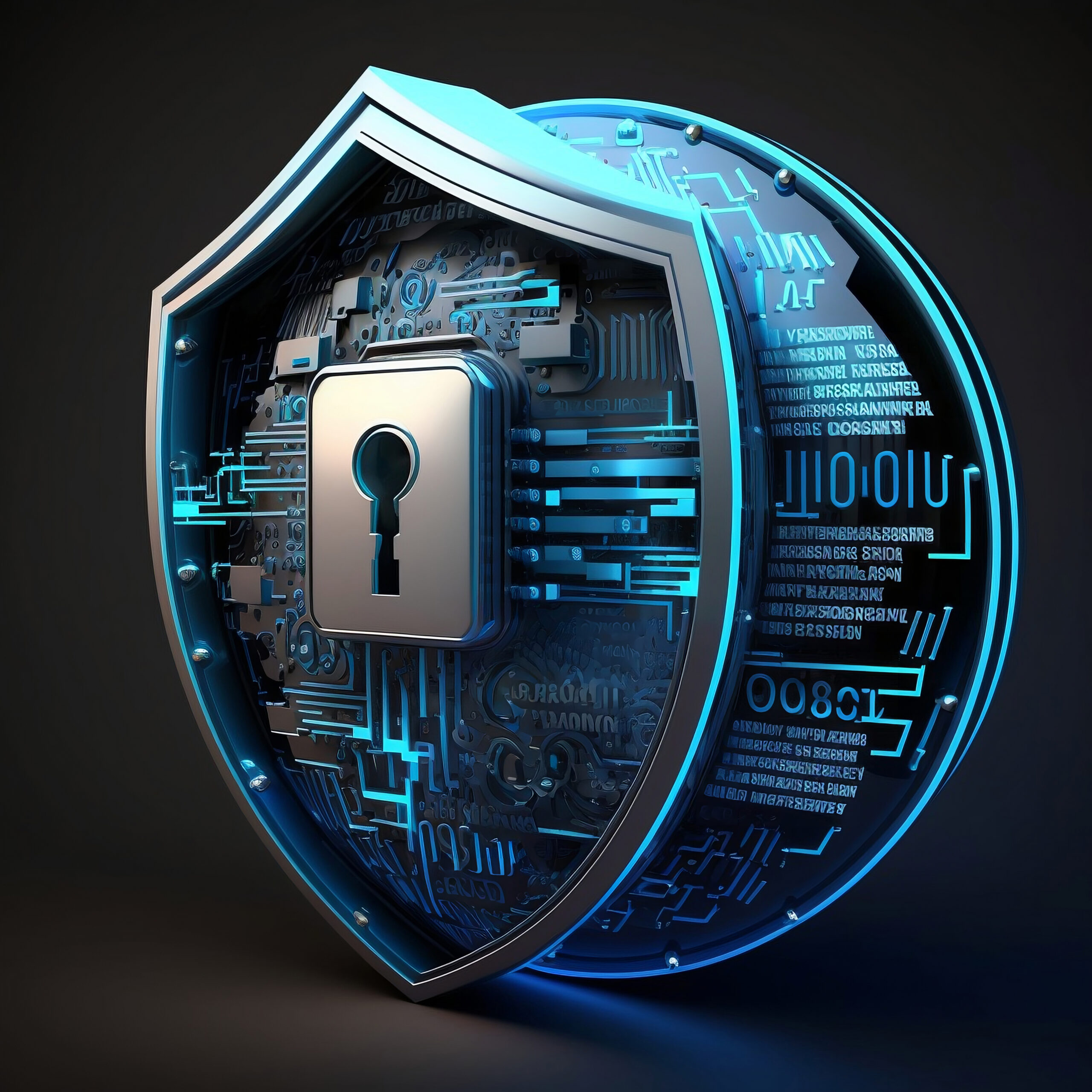Humans: The Weakest Link in Cyber Threats and the Promising Role of AI in Cybersecurity

Experts in the field of cybersecurity frequently state, “Humans are the weakest link.” Even though cutting-edge security systems are now available, human error is still a major cause of many incidents.
The Human Element: Why are we the weak link?
- Easy Prey for Social Engineering: Phishing and other forms of social engineering have had astounding success. Cybercriminals use deception and the psychology of their targets to trick them into divulging sensitive information or clicking on malicious links.
- Password Pitfalls: Passwords, a tried-and-true security method, have always been weak because they rely on human beings. Most people pick weak passwords, reuse them across multiple sites, and don’t change them frequently enough.
- Neglect of Security Protocols: The risks of cyber threats are exacerbated by human error, such as failing to update software, using public Wi-Fi for sensitive tasks, or failing to back up data.
Beyond Passwords: The AI Revolution
Many experts believe that artificial intelligence (AI) holds the key to a safer cyber landscape than human-dependent security measures like passwords. How? Read on!
- Biometrics and Behavior: Biometric features such as fingerprint, voice, and facial recognition can be used in conjunction with a password to authenticate users in AI-powered systems. Another intriguing aspect of AI is its ability to continuously authenticate a user by analysing patterns of behaviour like typing speed and app usage.
- Self-learning Systems: Artificial intelligence has the ability to learn and improve over time. Artificial intelligence-based security, in contrast to static passwords, can adapt to new threats immediately.
- Real-time Threat Detection: Artificial intelligence is capable of analysing vast amounts of data at lightning speeds, revealing threats or unusual patterns that would take human teams days or weeks to spot.
AI in Cyber Threat Mitigation
Beyond just replacing passwords, AI has a broader role in cybersecurity:
- Predictive Analysis: As more data becomes available and new cyberattack patterns emerge, AI is better able to predict the likelihood of future threats. With this strategy, businesses can anticipate problems rather than react to them.
- Automated Response: Automatically shutting down a portion of the network, backing up crucial data, or alerting authorities are just some of the defensive actions that can be taken by AI systems when they detect a threat.
- Phishing Detection: Reduce the success of phishing attempts with the help of AI that can scan emails and websites for subtle inconsistencies or malicious patterns.
- Enhanced Incident Response: AI can help human teams by determining which incidents are most urgent, by providing insights, and by suggesting the best next steps based on past experiences.
Concluding Thoughts
While AI shows great promise in reducing the risks associated with human involvement in cybersecurity, it is crucial to keep in mind that AI systems are designed by humans. This implies that they may also have weaknesses. The best strategy takes into account the benefits of both AI and a well-informed and educated workforce, mitigating the risks associated with relying too heavily on either.
Humans and AI will ideally complement one another in the future of cybersecurity, with each adding to the other’s strengths. This cooperation will be essential to maintaining a safe online environment as the digital landscape develops further.
